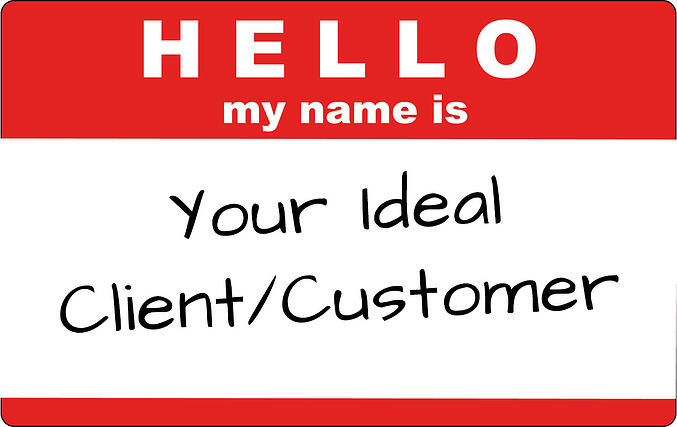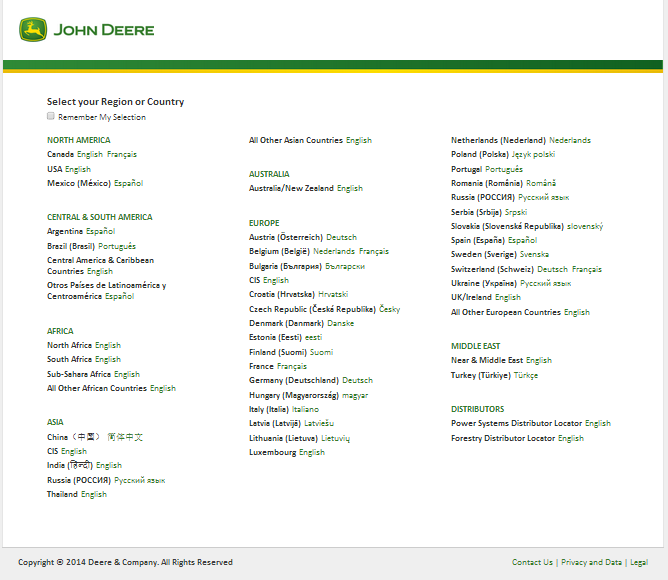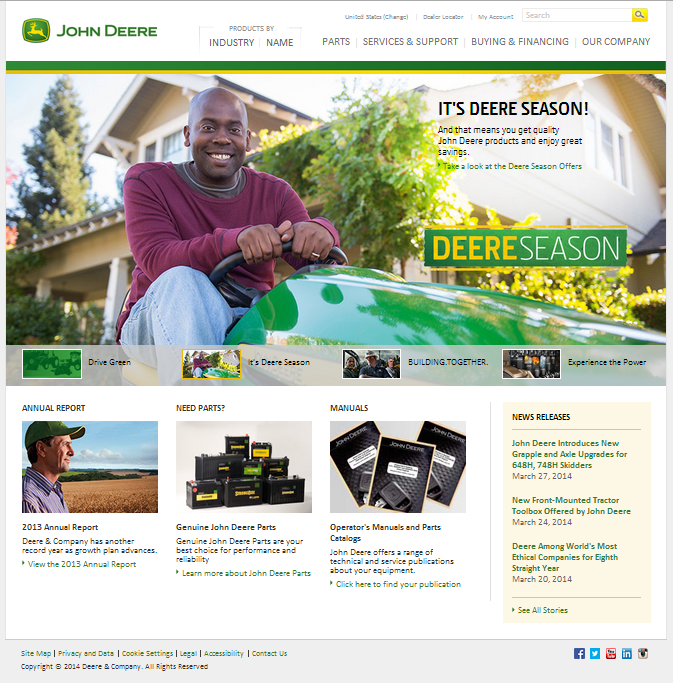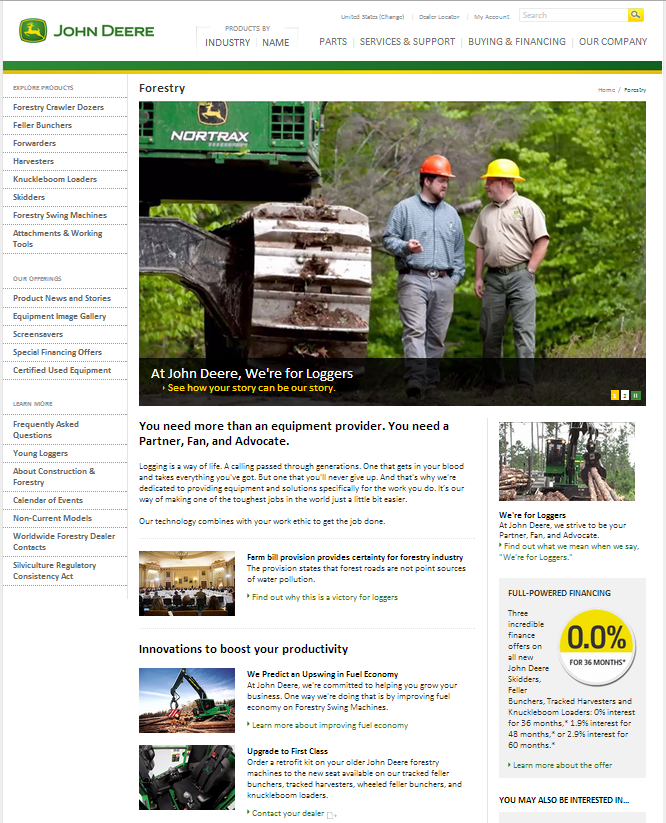Inbound Marketing Blog
for Manufacturers and Healthcare Companies
Before A Website Redesign, Identify Your Buyer Personas
Gearing up for a website redesign? Great! I hope we're helping you! :)
Either way, it's an exciting time! I hope you are also working on a full inbound marketing strategy. Doing both simultaneously has some advantages, such as ensuring you don't have to rework your new site design to accommodate your inbound marketing efforts. One area that should most certainly be identified and thought about is the various buyer personas your organization has. When visitors arrive on their site, they don't want to figure out what's in it for them. They need to be hit over the head with the value you provide to the buyer persona they fit in.
True or False: If a visitor finds content that is highly relevant to them they are more likely to spend more time on your website.
TRUE!
True or False: If a visitor identifies better with the content that you provide them because it is more relevant to them they are more likely to lead to a sale.
TRUE!
Okay, now that the common sense is out of the way, let's talk about buyer personas ...
Establishing Your Buyer Personas
Call it segmentation if that makes you feel warm and fuzzy and is more familiar. Regardless of the name, we're simply trying to identify differences in the characteristics of your buyers. Every product/service you sell may have a unique buyer persona associated with it. Conversely, every product/service you sell may have the same buyer personas, plus some unique ones. The bottom line is, you need to be able to identify them and know what differentiates one from the other.
Marketing automation software company identifies Buyer Personas this way:
Buyer personas are the result of slicing your target audience into individual groups of people. These people are fictional representations of your ideal customers, based on real data about customer demographics and online behavior, along with educated speculation about their personal histories, motivations, and concerns.
Want to make it fun?
Make each persona a fictitious person and create their profile. When you are preparing to market to a certain persona, you can ask, "Would Bertha respond to this?," or "Would Herman be receptive to this?"
An Example of a B2B Buyer Persona on a Website
If we look at a large manufacturer like John Deere. They have a huge selection of products from consumer-grade lawn mowers to industrial-use farm equipment. Each has a distinct buyer persona. If you look at the deere.com website, you'll notice they are narrowing their buyer persona from the beginning:
After choosing your geographic region you are taken to another broad level page, focused on narrowing down the visitor's buyer persona. Each of the large rotating banners is focused on a different buyer, hoping to grab their attention and whisk them away to the solution to their equipment problems. Even the Top-Navigation puts the narrowing criteria as the very first item, Industry.
While Deere likely has a very detailed description of each buyer persona, the average Joe can identify with some general personas while looking at the homepage, including:
- Investors
- Current Customers
- New or Upgrading Residential Customers
- New or Upgrading Commercial Customers in various industries
They do a good job of getting out of the visitor's way to let them find the right experience for them. This is harder than clumping all of their products together and having the visitor sort out which are best for them. Once you identify the area of the site best suited for you, they speak directly to you. They don't use the same copy when talking to the Forestry industry as they do the when talking to Military and Government visitors. For example, on the Forestry, they tailor photos and copy directly to the Forestry buyer:
The site becomes all about the Forestry industry when the visitor selects Forestry. Including the left navigation bar, which now speaks directly to the Forestry industry.
It's About B2B Personalization
My discussion of the example above only goes as deep as the industry, but Deere no-doubt has customized the experience based on more details of each buyer persona, such as:
- Gender
- Age
- Salary/Hourly
- Household income
- Education-level
- Marital status
- Number of kids
- Number of years employed
- Commonly faced problems (even outside of their products)
- Values and goals
- Common sources of related info
- Many more...
Knowing your prospective buyers at these levels makes identifying content to create much easier, and much more effective once created! It will also make sure you are speaking directly to them, making a connection that your competitors aren't.
How Do You Identify Your Organization's Buyer Personas?
Identifying and creating your organization's buyer personas involves some research about existing clients/customers as well as your ideal customer/client. This research should be focused on
- Basic demographics (see some listed above)
- Common background
- Online behavior
- Hypothesis of:
- Personal history
- Motivations
- Fears
- Concerns
- Problems
- Values
You should research/interview/survey good and bad clients/leads along with people you've never been in contact with. Does this take more time than just jumping and getting your site done? Of course! Is it a way better way to handle the process and ensure you are more successful? Absolutely!!
We Want to Help!
Your website redesign and inbound marketing won't be a success unless all work is based around your buyer persona and your business goals. To see how a buyer persona can guide your process to more leads and sales, check out our free e-book on the subject:
Our Blogs, Direct to Your Inbox!
How to Audit your Online Marketing
If you are executing digital marketing, congratulations! You are most likely already one step ahead of your competition, and making strides to meaningfully connect with prospects online. But, how do you know if you’re seeing continual success year over year, and improving your metrics?
Without the tools in place to analyze and benchmark your efforts, it is impossible to scale your online marketing and ensure continuous success.





